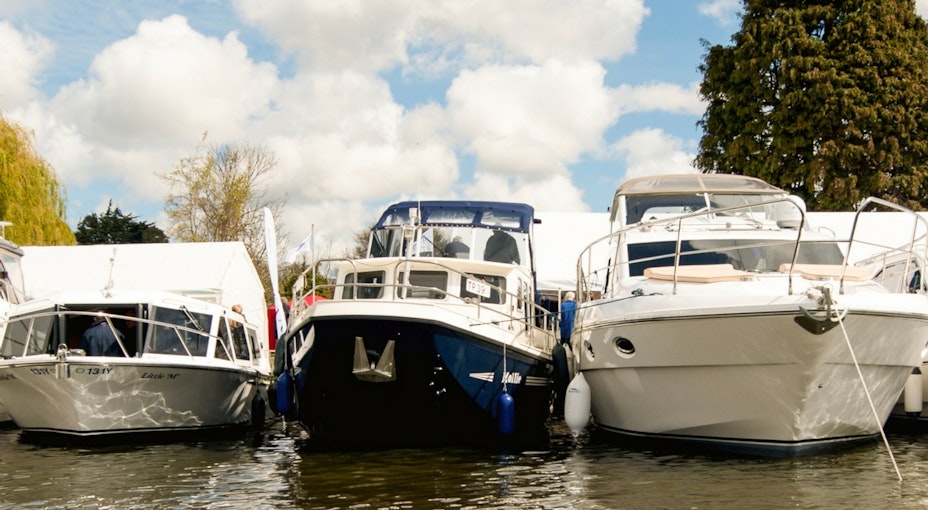Enhancing Safety at Boatyards, Marinas, and Associated Businesses
By Alan Boswell Group

Recent incidents at marina-based businesses have underscored the importance of stringent safety measures. Several slip and trip accidents have led to personal injury claims, highlighting key areas of risk management that require attention.
In one case, an individual slipped on wildfowl excrement while navigating moorings. Despite regular cleaning with a pressure washer and a risk assessment in place, the absence of documented cleaning records and warning signs is likely to result in a successful personal injury claim against the business.
Another incident involved an individual falling on an uneven grassy area at a holiday property. A lack of maintenance records proving risk reduction measures has led to a favourable outcome for the claimant.
Key risk areas for marinas, boatyards, and holiday lets
In addition to risks to the public, businesses such as boatyards, marinas, and associated activities are exposed to a wide variety of risks that need to be fully considered as part of risk management regimes. Examples and risk mitigation measures include:
1. Working on and near water
Implement policies for life jacket usage
Avoid lone working
Ensure emergency provisions such as life buoys and ways of raising the alarm
A plan for rescuing individuals from the water
2. Workshop and maintenance safety
Maintain lifting and pressure equipment
Protect workers from noise, vibration, and electrical hazards
Conduct regular safety assessments and provide protective equipment
3. Working at height – ladders and stepladders
Use fall protection systems, fall arrest, and fall restrain systems where working at height is unavoidable
Train workers on ladder safety and conduct checks before use
4. Machinery and equipment hazards
Ensure only competent personnel operate machinery
Maintain and inspect equipment regularly
Keep detailed records of risk assessments and inspections
5. Transport and pedestrian safety
Implement clear segregation between pedestrians and vehicles
Provide clear signs for customers
6. Hazardous and dangerous substances
Restrict access to hazardous materials to trained personnel
Conduct risk assessments and ensure proper storage security
7. Manual handling
Provide training on safe lifting techniques
Assess repetitive lifting tasks and minimise manual handling where possible
Use mechanical lifting aids whenever feasible
8. Contractor management
Verify contractor competence before work begins
Obtain risk assessments and method statements from contractors
Monitor contractor activities to ensure ongoing compliance
9. Lone working considerations
Develop a system for tracking lone workers
Establish clear communication and emergency response protocols
Assess whether lone working is safe for specific tasks
10. Emergency preparedness
Establish first aid and emergency response procedures
Ensure staff are trained on fire safety and evacuation protocols
Prepare plans for hazardous substance spill mitigation
Ensuring compliance and safety
Effective risk control requires competent personnel, ongoing training, and clear communication of safety protocols. Clients of Alan Boswell Risk Management can access our online portal, offering resources to support safety initiatives, as well as access to our qualified Risk Management Advisers for specific advice.
Need help with your risk management?
For advice on managing risk and creating specific risk assessments, speak to our expert team.
Send an enquiry
Related articles

Why stone-built houses could leave you underinsured, and what to do about it
When arranging home or landlord insurance, understanding your property's rebuild cost is crucial. However, recent claims data has identified that, due to their higher rebuild cost, stone-built properties are at a higher risk of being underinsured.

Guide to vicarious liability
If an employee or someone acting on behalf of your business commits wrongdoing, you could be held responsible for their actions or ‘vicariously liable’. We look at how this form of liability works and how to protect yourself from claims.

How much tax do I need to pay on rental income?
Tax on rental income can be complex to navigate. To ensure you don’t get caught out, here’s what you need to consider when paying tax on your rental income.

Landlord tax guide
Tax can be a complicated subject for landlords, such as income tax, stamp duty, capital gains tax, corporation tax, and landlord tax relief. We've teamed up with Norwich Accountancy Services to provide some detail on tax for landlords.
